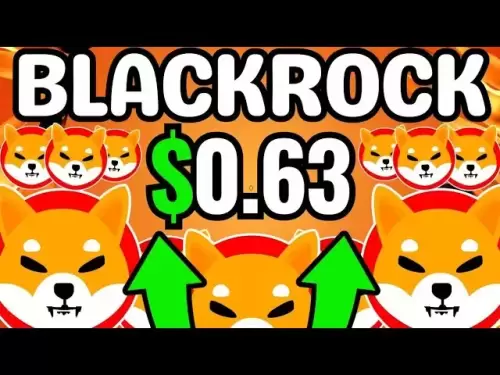-
 Bitcoin
Bitcoin $118000
-0.23% -
 Ethereum
Ethereum $3651
1.66% -
 XRP
XRP $3.423
-1.58% -
 Tether USDt
Tether USDt $1.001
-0.02% -
 BNB
BNB $742.8
0.69% -
 Solana
Solana $177.8
0.30% -
 USDC
USDC $0.9999
0.01% -
 Dogecoin
Dogecoin $0.2539
0.03% -
 TRON
TRON $0.3199
-1.74% -
 Cardano
Cardano $0.8382
0.59% -
 Hyperliquid
Hyperliquid $44.83
0.05% -
 Stellar
Stellar $0.4602
-1.49% -
 Sui
Sui $3.850
0.58% -
 Chainlink
Chainlink $18.62
2.56% -
 Hedera
Hedera $0.2681
0.97% -
 Avalanche
Avalanche $24.63
3.07% -
 Bitcoin Cash
Bitcoin Cash $522.5
0.96% -
 Shiba Inu
Shiba Inu $0.00001507
-0.80% -
 Litecoin
Litecoin $113.6
9.75% -
 UNUS SED LEO
UNUS SED LEO $8.994
0.24% -
 Toncoin
Toncoin $3.197
-0.43% -
 Polkadot
Polkadot $4.361
1.13% -
 Uniswap
Uniswap $10.45
1.41% -
 Monero
Monero $327.5
0.65% -
 Ethena USDe
Ethena USDe $1.001
-0.03% -
 Bitget Token
Bitget Token $4.992
-1.12% -
 Pepe
Pepe $0.00001355
0.67% -
 Dai
Dai $1.000
0.01% -
 Aave
Aave $322.6
0.15% -
 Bittensor
Bittensor $415.5
0.88%
How to check the rarity of an nft?
Understanding NFT rarity involves analyzing unique traits, metadata, and their scarcity within a collection to determine value.
Jul 16, 2025 at 10:07 pm
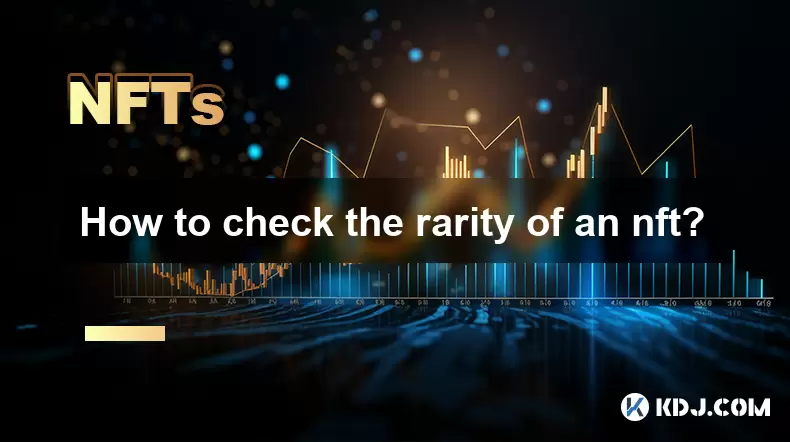
Understanding NFT Rarity
NFT rarity refers to the uniqueness and scarcity of a digital asset within a collection. The concept is similar to collectibles in the physical world — the rarer an item is, the more valuable it tends to be. When you own or are considering purchasing an NFT, understanding its rarity helps determine its potential market value. However, rarity is not solely based on visual attributes, but also includes metadata, traits, and how frequently those traits appear across the entire collection.
To begin assessing NFT rarity, it's essential to identify which traits contribute most to rarity. These can include color variations, accessories, background elements, or even specific animations in dynamic NFTs. Each trait has a frequency score that indicates how rare it is compared to others in the same category.
Using NFT Rarity Ranking Platforms
Several platforms specialize in analyzing and ranking NFTs by their rarity scores. Popular services like OpenSea, Rarity.tools, CoinGecko NFT, and DappRadar offer tools to help users evaluate the rarity of NFTs. These platforms typically pull data from blockchain networks and calculate rarity using algorithms that consider trait frequency and distribution.
Here’s how to use these platforms effectively:
- Visit the platform and search for the NFT collection you're interested in.
- Look for "rarity score" or "rank" indicators next to each NFT listing.
- Compare multiple NFTs within the same collection to understand relative rarity.
- Check the trait breakdown section to see which traits are contributing most to the rarity score.
Each platform may calculate rarity differently, so it's wise to cross-reference results from multiple sources before making decisions.
Analyzing Traits and Their Distribution
A core component of determining rarity lies in examining individual traits and their distribution across the collection. For example, if a particular NFT has a hat that only appears in 0.1% of all items in the collection, that trait significantly boosts its rarity.
To analyze this manually:
- Visit the NFT’s project website or official OpenSea page.
- Review the traits tab, which lists all properties of the NFT.
- Note down each trait and its percentage of occurrence.
- Use a spreadsheet or rarity calculator to assign weightage to each trait based on its frequency.
This method allows for a deeper understanding than automated tools, especially when evaluating newer or less-known collections that may not yet be indexed by major platforms.
Checking Blockchain Metadata for Authenticity
Before relying entirely on third-party rarity rankings, it's crucial to verify the metadata stored on the blockchain. This ensures the NFT hasn’t been altered or misrepresented.
Steps to verify metadata:
- Locate the NFT’s contract address on platforms like Etherscan or BscScan.
- Use the "Read Contract" function and look for functions related to tokenURI or tokenMetadata.
- Cross-check the metadata with what is displayed on NFT marketplaces to ensure consistency.
- Confirm that the image URL points to a decentralized storage system like IPFS, ensuring long-term accessibility and authenticity.
By validating metadata directly on-chain, you eliminate the risk of being misled by inaccurate or manipulated information from external sources.
Comparing NFTs Within the Same Collection
Rarity must always be assessed within the context of its collection. A highly rare NFT in one project may not hold the same value in another. Therefore, comparing apples to apples is key.
When comparing NFTs:
- Ensure they belong to the same collection and version (e.g., Gen 0 vs. Gen 1).
- Look at the total supply of the collection — smaller supplies often mean higher baseline rarity.
- Evaluate how many traits are shared versus unique between the NFTs.
- Consider historical sales data to see if rare traits have historically commanded higher prices.
This comparative analysis provides a clearer picture of where your NFT stands in terms of desirability and potential resale value.
Frequently Asked Questions
Q: Can two NFTs have the same rarity score?
Yes, especially if they share identical traits with the same frequency. However, subjective factors like aesthetic appeal or community sentiment can create perceived differences in value despite equal rarity scores.
Q: Does rarity guarantee higher resale value?
Not necessarily. While rarity is a strong indicator, market demand, project popularity, and timing play significant roles in determining actual resale value.
Q: How often should I check an NFT’s rarity after purchase?
It’s advisable to monitor changes periodically, especially if new NFTs are minted or if the collection undergoes updates that could affect trait distributions.
Q: Are animated NFTs inherently rarer than static ones?
Not always. Animation can increase appeal, but rarity depends on the uniqueness and scarcity of specific traits, not just whether the NFT is animated.
Disclaimer:info@kdj.com
The information provided is not trading advice. kdj.com does not assume any responsibility for any investments made based on the information provided in this article. Cryptocurrencies are highly volatile and it is highly recommended that you invest with caution after thorough research!
If you believe that the content used on this website infringes your copyright, please contact us immediately (info@kdj.com) and we will delete it promptly.
- Bitcoin Downturn Strategy: Navigating the Crypto Storm
- 2025-07-20 14:30:12
- Whale Deposits, Bybit, and SPX Worth: Decoding the Crypto Signals
- 2025-07-20 14:30:12
- Tea Rooms, Black Dogs, and Ghosts: A Spirited Brew in the UK
- 2025-07-20 12:30:12
- MogCoin and the Memecoin Mania: Price Gains and Cultural Shifts
- 2025-07-20 12:30:12
- Avalanche (AVAX) Eyes $35: Breakout or Bust?
- 2025-07-20 12:50:12
- XRP, Ozak AI, and the AI Token Revolution: What's the Buzz?
- 2025-07-20 12:50:12
Related knowledge
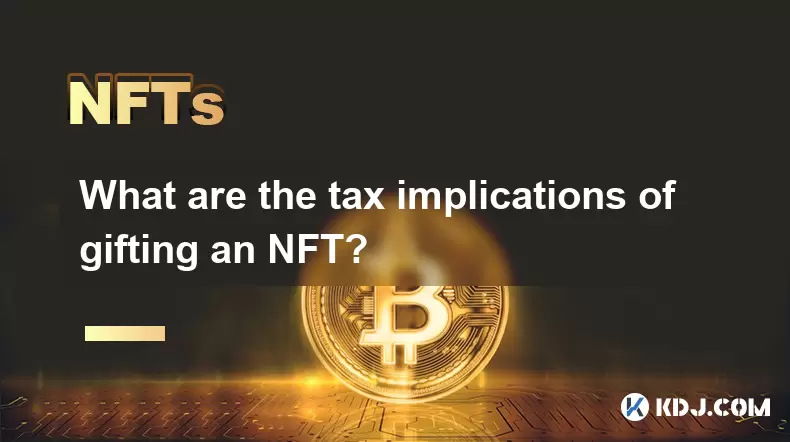
What are the tax implications of gifting an NFT?
Jul 19,2025 at 04:21am
Understanding the Basics of NFT GiftingGifting a Non-Fungible Token (NFT) involves transferring ownership from one individual to another without recei...
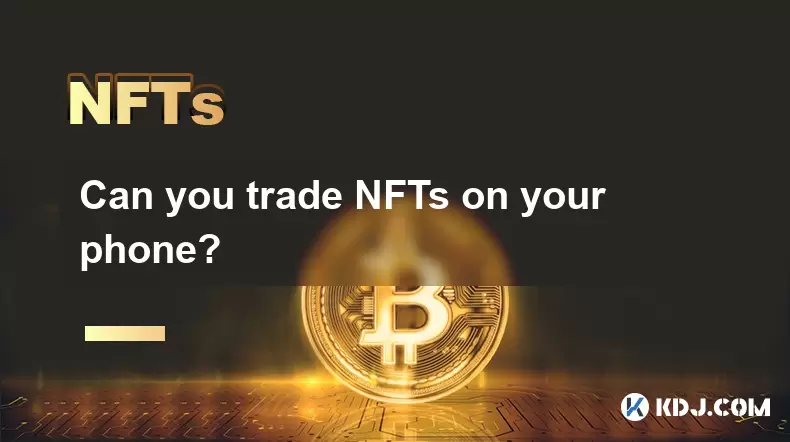
Can you trade NFTs on your phone?
Jul 18,2025 at 04:29am
Trading NFTs on Mobile DevicesYes, you can trade NFTs on your phone, and the process has become increasingly streamlined thanks to a variety of mobile...

How to find out about upcoming NFT mints?
Jul 18,2025 at 11:50am
Exploring NFT Minting OpportunitiesUnderstanding the landscape of upcoming NFT mints is crucial for collectors, investors, and creators who wish to st...
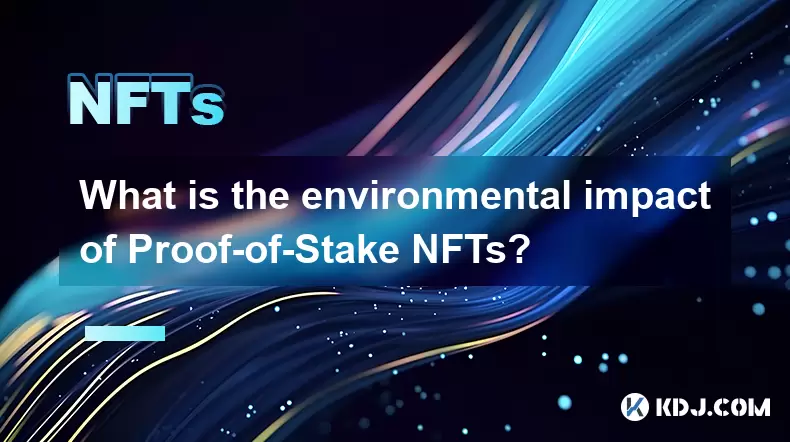
What is the environmental impact of Proof-of-Stake NFTs?
Jul 17,2025 at 07:14pm
Understanding the Basics of Proof-of-Stake NFTsProof-of-Stake (PoS) is a consensus mechanism used by blockchain networks to validate transactions and ...
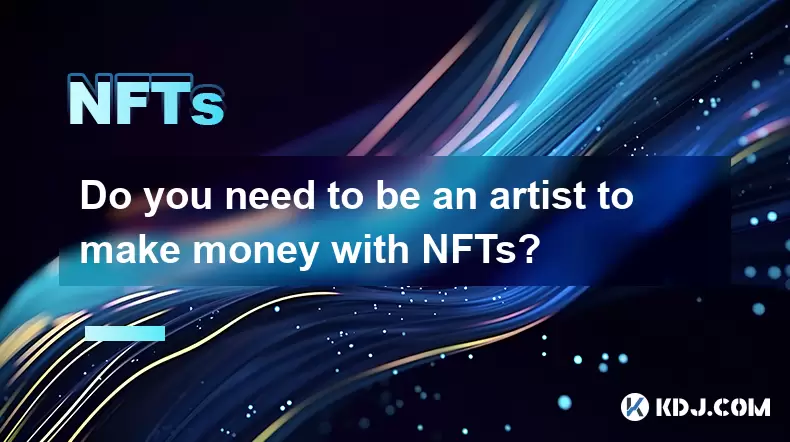
Do you need to be an artist to make money with NFTs?
Jul 19,2025 at 06:35am
Understanding the Role of Art in NFTsThe non-fungible token (NFT) market has grown rapidly, offering various opportunities for creators and investors....
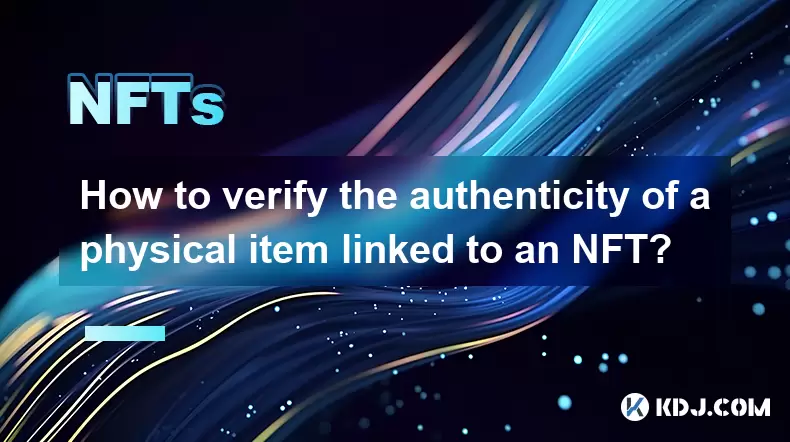
How to verify the authenticity of a physical item linked to an NFT?
Jul 18,2025 at 03:07pm
Understanding the Link Between NFTs and Physical ItemsWhen an NFT is linked to a physical item, it essentially acts as a digital certificate of owners...

What are the tax implications of gifting an NFT?
Jul 19,2025 at 04:21am
Understanding the Basics of NFT GiftingGifting a Non-Fungible Token (NFT) involves transferring ownership from one individual to another without recei...

Can you trade NFTs on your phone?
Jul 18,2025 at 04:29am
Trading NFTs on Mobile DevicesYes, you can trade NFTs on your phone, and the process has become increasingly streamlined thanks to a variety of mobile...

How to find out about upcoming NFT mints?
Jul 18,2025 at 11:50am
Exploring NFT Minting OpportunitiesUnderstanding the landscape of upcoming NFT mints is crucial for collectors, investors, and creators who wish to st...

What is the environmental impact of Proof-of-Stake NFTs?
Jul 17,2025 at 07:14pm
Understanding the Basics of Proof-of-Stake NFTsProof-of-Stake (PoS) is a consensus mechanism used by blockchain networks to validate transactions and ...

Do you need to be an artist to make money with NFTs?
Jul 19,2025 at 06:35am
Understanding the Role of Art in NFTsThe non-fungible token (NFT) market has grown rapidly, offering various opportunities for creators and investors....

How to verify the authenticity of a physical item linked to an NFT?
Jul 18,2025 at 03:07pm
Understanding the Link Between NFTs and Physical ItemsWhen an NFT is linked to a physical item, it essentially acts as a digital certificate of owners...
See all articles

























